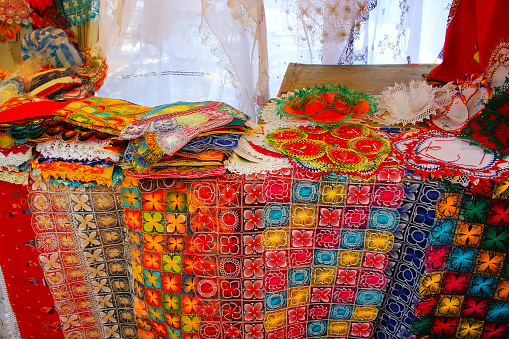
Called the “Heart of America” by many due to its land-locked location in the center of South America, Paraguay pulls off a mix of indigenous beauty and postcolonial progress more effortlessly than most countries. The world’s largest drinking water reservoir lies beneath the country’s sloping plains, and the Itaipú Dam, Earth’s biggest producer of hydroelectricity, straddles the border with Brazil to the north. Like most of South America, Paraguayans speak Spanish, but millions also speak Guaraní, the only indigenous language of the Americas spoken by a large proportion of non-indigenous people

Colonized for 3 centuries by the Spanish, since the 1500s, Paraguay has managed to keep a lot of its indigenous character and identity. Nowadays, the mestizos (Spanish + Amerindian) account for more than 80% of the country’s 6 million inhabitants and Guarani is, side by side with Spanish, the country’s official language.
In the past, Franciscan and Jesuit missions mingled with the Guaranis’ dream of Yvy maraë´y, a land without evil, and produced singular societies. The ruins of the Jesuit Missions of La Santisima Trinidad de Parana and Jesus de Tavarangue, UNESCO World Heritage sites, and several villages throughout the country, are witnesses to that peaceful past.
In recent years, Paraguay has been seeing a more politically and economically stable situation, with little to no uncertain events. The prospects of change seem better than ever.


